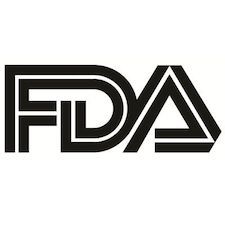Article
FDA Grants Pair of Sickle Cell Treatments Orphan Drug Status
Author(s):
The agency also granted rare pediatric disease designations for inclacumab and GBT601.

The US Food and Drug Administration (FDA) has granted sickle cell disease treatment’s inclacumab and GBT021601 (GBT601) as both an orphan drug and rare pediatric disease designations.
Inclacumab
Inclacumab is a novel P-selectin inhibitor being evaluated in phase 3 studies to reduce the occurrence of vaso-occlusive crises (VOCs) and readmissions because of VOCs in patients with sickle cell disease. The P-selectin protein mediates cell adhesion.
The investigators are currently enrolling patients 12 years and older for 2 randomized, double-blind, placebo-controlled phase 3 trials evaluating the safety and efficacy of the treatment dosed quarterly. Each patient has experienced between 2-10 VOCs the previous year.
GBT601
GBT601 is a next generation sickle hemoglobin (HbS) polymerization inhibitor currently in phase 1 trials. However, the treatment is expected to advance to the phase 2 portion of a phase 2/3 trial later this year.
The phase 1 study consists of 6 patients with sickle cell disease. The results show GBT601, which has the same mechanism of action as voxelotor (Oxbryta), achieved a high target hemoglobin occupancy at daily doses lower than 500 mg. The treatment also featured a favorable safety and tolerability profile in the limited sample size.
Patients who participated in an earlier phase 1 study showed interest in restarting the trial at a higher dose, leading investigators to assess a 150 mg daily dose.
Reaction
“The FDA’s orphan drug and rare pediatric disease designations for both inclacumab and GBT601 are an acknowledgment of the critical and ongoing unmet need in sickle cell disease and the potential of GBT’s innovative pipeline of investigational medicines,” said Kim Smith-Whitley, MD, executive vice president and head of research and development at GBT, in a statement.
“We believe that both inclacumab and GBT601 have the potential to be best-in-class therapeutic options for the treatment of this devasting disease. We are excited to continue these clinical development programs to make progress on our goal of transforming sickle cell disease into a well-managed condition via multiple therapeutic approaches.”





